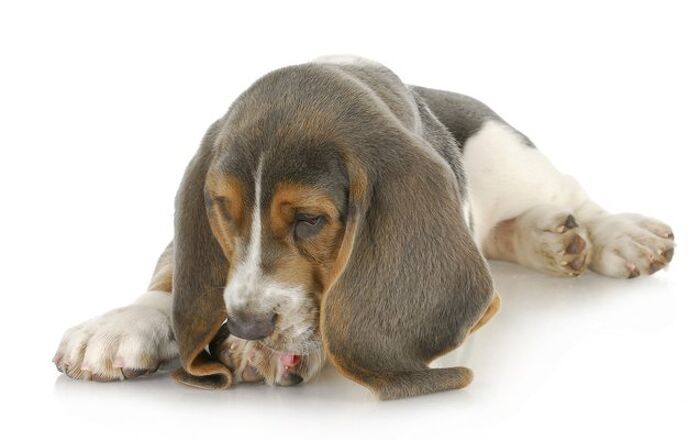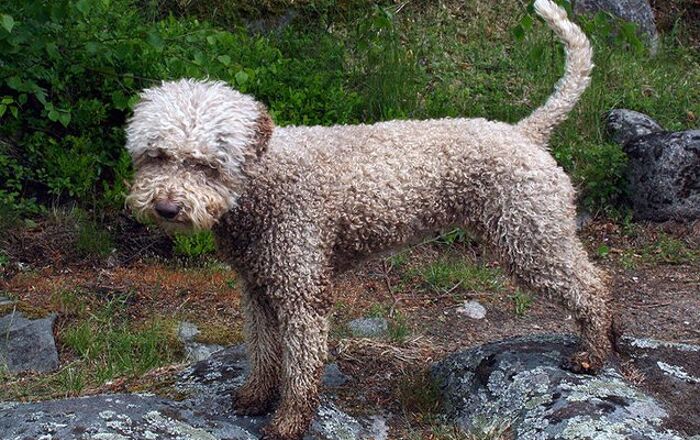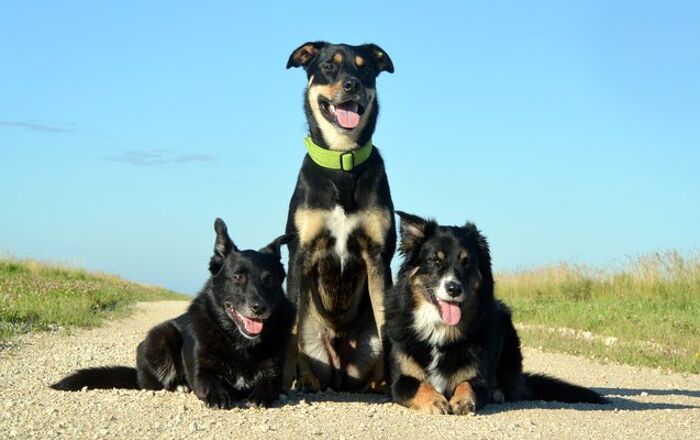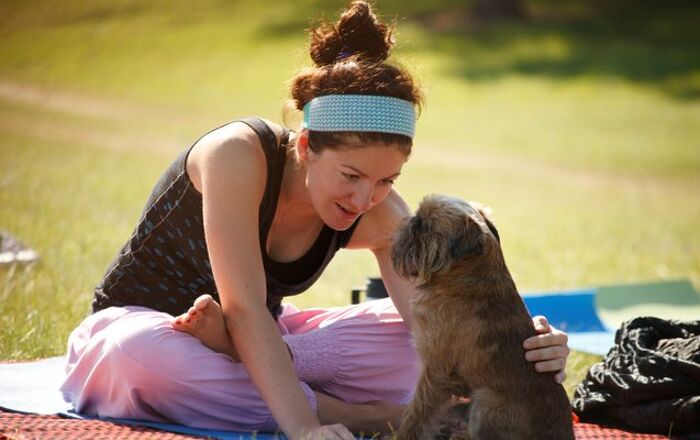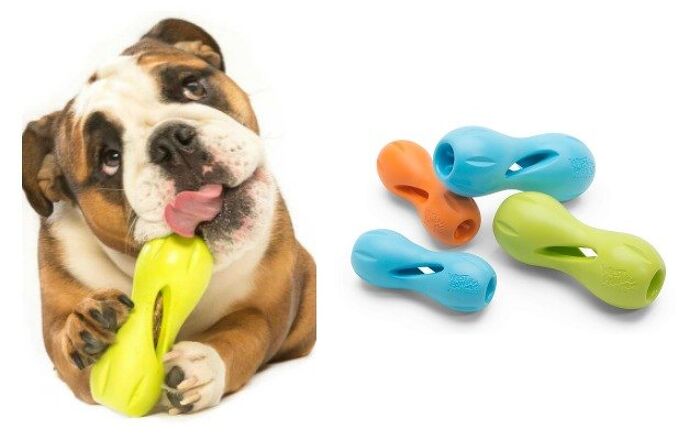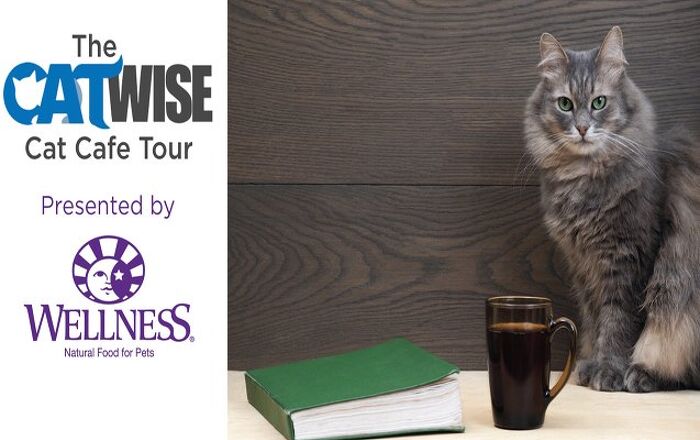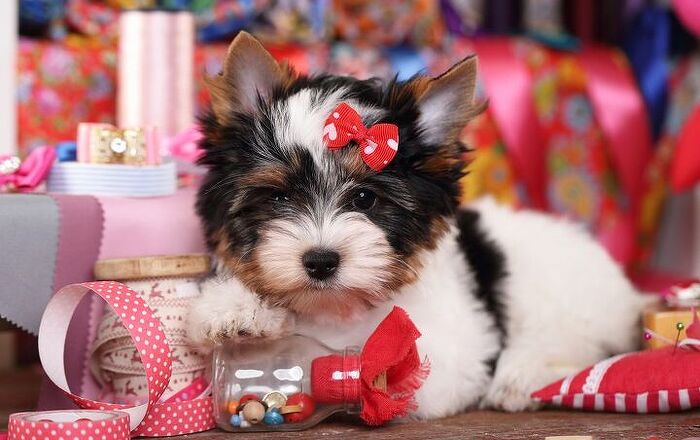I discovered the lump while playing with my newly adopted feline, Maude. A much-enjoyed belly rub was how I first felt the mass and because I had been through it all before – twice, in fact - my heart sank.
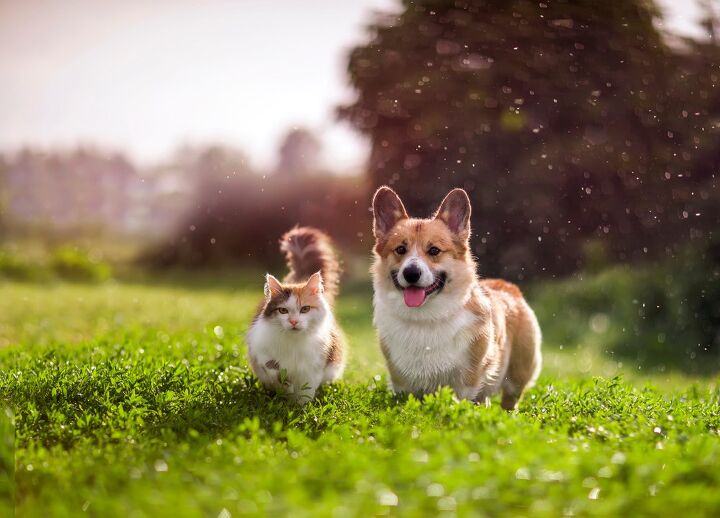
A quick trip to my vet for an x-ray and fine needle biopsy had me waiting anxiously for news that I suspected I already knew: that my sweet Maude had cancer. Of course, I had to google it and was alarmed to learn that 85% of mammary tumors in cats are malignant. This had me resigned to switching from welcoming a new pet into my home, to developing a palliative plan that would keep her comfortable for whatever time she had left.
But two days later, good news arrived. The lump was benign and three years on, tabby Maude is still enjoying the good life.
So, why were my previous two cats so unlucky? They were indoor cats, ate quality foods, I’m a non-smoker, and they had been in my care since kitten-hood Here’s what science knew, but I did not.
How Common is This Type of Cancer?
According to Cornell University’s College of Medicine, it’s estimated that 30-40% of all cats will be impacted by cancer and of those, breast cancer will account for one-third. Skin cancer and lymphoma account for the other more common cancers. Further, 95% of all breast cancers will occur in female felines older than 10-years of age. Also, certain breeds have a propensity for developing breast cancer including Siamese, Persians and Domestic Short-Haired cats. With dogs, it’s the Poodles, Spaniels and Dachshunds.
What Causes Breast Cancer in Dogs and Cats?
Unlike human breast cancer that can pass down through generations of women in a single family, genetics has yet to be a proven factor in whether your pet will ever develop this type of cancer. Similarly, environmental factors including exposure to carcinogens or certain vaccines are also proving to be irrelevant to breast cancer in animals. But science is showing that female hormones do factor rather significantly into the equation. Particularly estrogen and progesterone. According to Dr. Margaret McEntee, Professor of Oncology at Cornell University, “If these hormones are given to un-spayed cats as contraceptives or for behavior modification either orally or by injection, their risk of mammary cancer can triple.”
For dogs, the findings are similar. Per the American College of Veterinary Surgeons, the risk of your dog getting breast cancer ranges from just .5% if she’s spayed before her first heat up to 26% if you wait until after her second heat. And unlike cats, early obesity in dogs is also known to be a contributing factor.
Helping Prevent Breast Cancer in Your Pet
If hormones are scientifically proven to be a catalyst for developing breast cancer, the first step to reducing the risk is to have your pet spayed before it enters its first heat cycle. For cats, this is around six months of age. For dogs, it can range from four to five months with small dogs, 10 months for a larger dog and up to two years before an extra-large breed enters its first heat cycle. In fact, studies show that cats spayed before six months of age had a whopping 91% reduction in risk while those spayed 12 months and younger still had an 86% reduction in their chances of developing breast cancer.
Recognizing Possible Signs of Breast Cancer
Here’s where it gets tricky. Tumors grow just beneath or next to your pet’s nipple. They begin as tiny pellet-sized nodules that initially will not be noticeable to you or painful for your pet. So, you’ll have very few warning signs. But over time, they can spread to the lymph nodes and other parts of her body. Similar to cancer in humans, catching it early is key. For tumors treated when they’re smaller than 2 cm (3/4”), your cat will have a survival rate of up to three years before cancer reappears. For tumors in the 3 cm range (1.25”), the life expectancy can be up to two years and for larger masses, your pet is looking at a span of just six months. Further, the survival rate for felines who undergo large re-sections – meaning proactively removing all nipples versus just the impacted nipple – can be up to three years.
Of course, we all want to recognize the signs before they become more serious, so here are a few things to look for:
Diagnosing Breast Cancer in Pets
If you suspect your pet may have breast cancer, the first step is to get a formal diagnosis from your vet. On arrival, they can conduct a full exam to determine the size and feel of the growth as well as your pet’s lymph nodes. They’re trying to determine through feel, if the mass has spread.
Following this, an X-ray will determine the exact size and location of the tumor. A fine needle biopsy will remove cells for further examination by a veterinarian pathologist to see if cancer cells are present. Additionally, bloodwork will provide an overall spot-check on your pet’s general health. Hematology can tell you whether certain organs are functioning well and if your pet is suitable for surgery.
Treatment Options
I opted to have both felines undergo surgery to remove the malignancy. In one instance, my cat enjoyed another full year, in the other, just three short months. And although the biopsy proved Maude’s tumor was benign, I still opted to have it removed as a preventative measure. If the results for your pet show a malignancy, surgery will be the most likely option assuming the cancer has not metastasized and spread to other parts of her body. Taking out the single mass is one option for cats, as is removing all mammary glands (nipples) to help prevent a recurrence. For dogs, removing the single affected gland versus all mammary glands is the more likely course of action your vet will take.
In some instances, where surgery won’t improve your pet’s long-term prognosis, radiation treatments may be recommended in conjunction with appropriate medications. This, rather than put your pet through an invasive procedure with a painful recovery.
What Next?
While the prognosis for animals living with breast cancer is guarded and typically includes a reduced lifespan, their comfort and quality of life over these next months and years will be what you should focus on. Remain diligent in watching for recurrences of any lumps or tumors. And consider having your pet undergo chest x-rays and abdominal ultrasounds every three to six months if budgets permit.
Remember, you and your pet are in this together. Work with your veterinarian to determine the right course of action to keep your furry friend happy and healthy for as long as possible.
